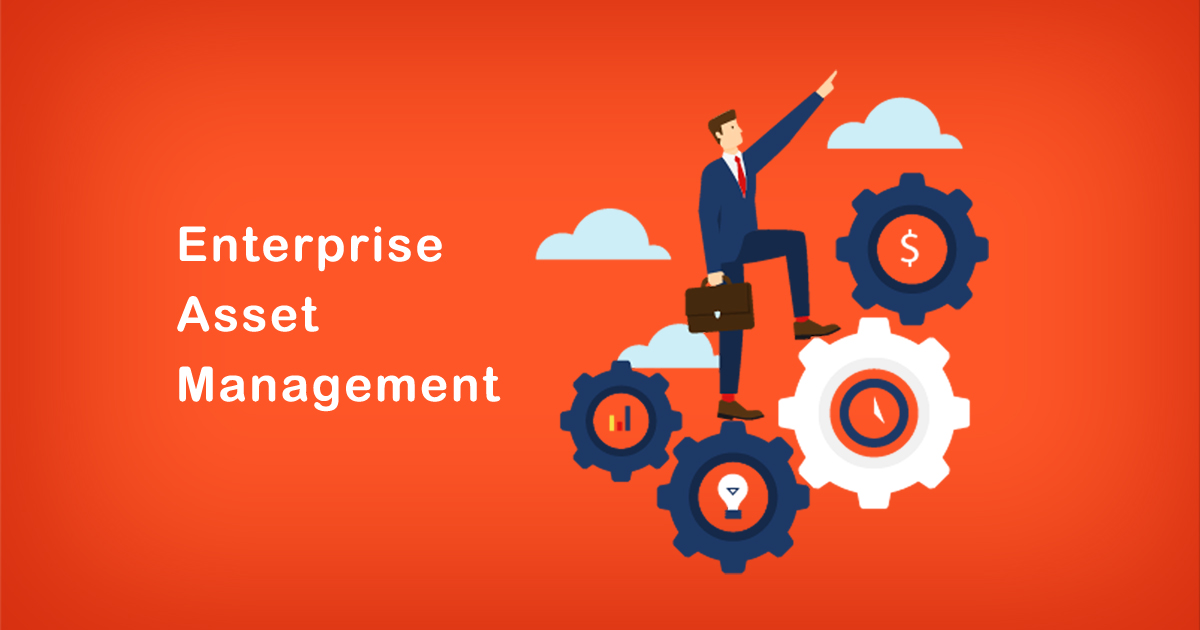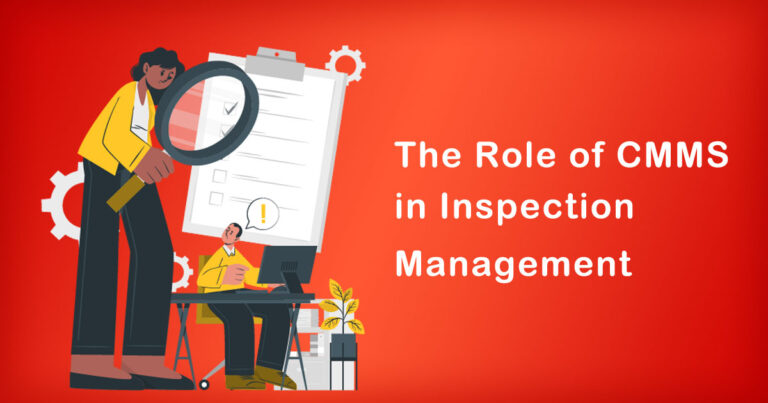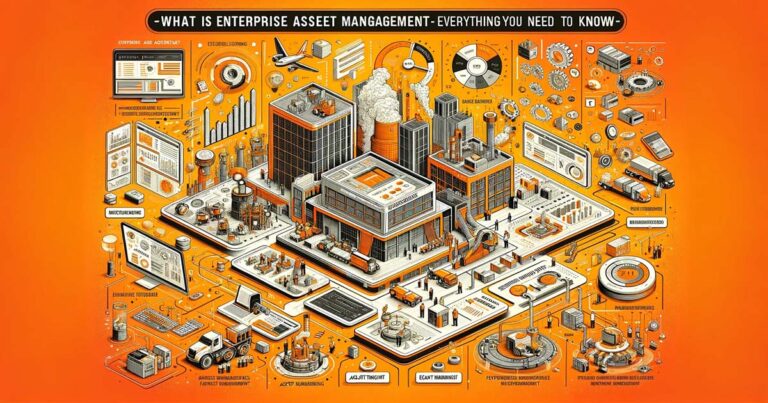Introduction
Enterprise Asset Management (EAM) is the process of managing an organization’s physical assets throughout their lifecycle. EAM includes activities such as asset tracking, maintenance scheduling, and resource allocation. Effective EAM can help organizations reduce costs, increase efficiency, and improve the overall reliability of their assets. In this blog post, we will provide a step-by-step guide on how to use Enterprise Asset Management.
Step 1: Define your Assets
The first step in using EAM is to define your assets. This involves creating an inventory of all the physical assets that your organization owns. These assets could include machinery, vehicles, buildings, and IT equipment. It is important to include all assets, regardless of their size or value. Once you have created an inventory of your assets, you can begin to track their lifecycle.
Step 2: Track Asset Lifecycle
The second step in using EAM is to track the lifecycle of your assets. This involves monitoring the condition of your assets, scheduling maintenance activities, and identifying when assets need to be replaced. By tracking the lifecycle of your assets, you can identify potential problems before they occur and ensure that your assets are being used to their full potential.
Step 3: Implement Preventative Maintenance
Preventative maintenance is a key component of effective EAM. This involves scheduling maintenance activities on a regular basis to ensure that assets are operating at peak performance. Preventative maintenance can help reduce downtime, extend the lifespan of your assets, and improve their overall reliability.
Step 4: Allocate Resources
Another important component of EAM is resource allocation. This involves ensuring that the right resources are available when needed. This includes tools, equipment, and personnel. By allocating resources effectively, you can ensure that maintenance activities are completed on time and that assets are operating at peak performance.
Step 5: Monitor Performance
The final step in using EAM is to monitor performance. This involves tracking key performance indicators (KPIs) such as asset availability, downtime, and maintenance costs. By monitoring performance, you can identify areas for improvement and make data-driven decisions to optimize asset performance.
Benefits of Using Enterprise Asset Management
Cost Reduction:
By optimizing asset performance and reducing downtime, organizations can save money on maintenance and repair costs.
Increased Efficiency:
EAM can help organizations improve the efficiency of their operations by ensuring that assets are being used to their full potential.
Improved Reliability:
By implementing preventative maintenance and tracking the lifecycle of assets, organizations can improve the reliability of their assets.
Better Decision-Making:
EAM provides organizations with data-driven insights that can be used to make informed decisions about asset management.
Regulatory Compliance:
EAM can help organizations meet regulatory requirements by ensuring that assets are being maintained to the required standards.
Conclusion
In conclusion, Enterprise Asset Management is an essential process for organizations that want to optimize asset performance, reduce costs, and improve efficiency. By following the step-by-step guide outlined in this blog post, organizations can effectively implement EAM and realize its benefits. Effective EAM requires a commitment to tracking asset lifecycles, implementing preventative maintenance, allocating resources effectively, and monitoring performance. By doing so, organizations can ensure that their assets are operating at peak performance and delivering value to the organization.








